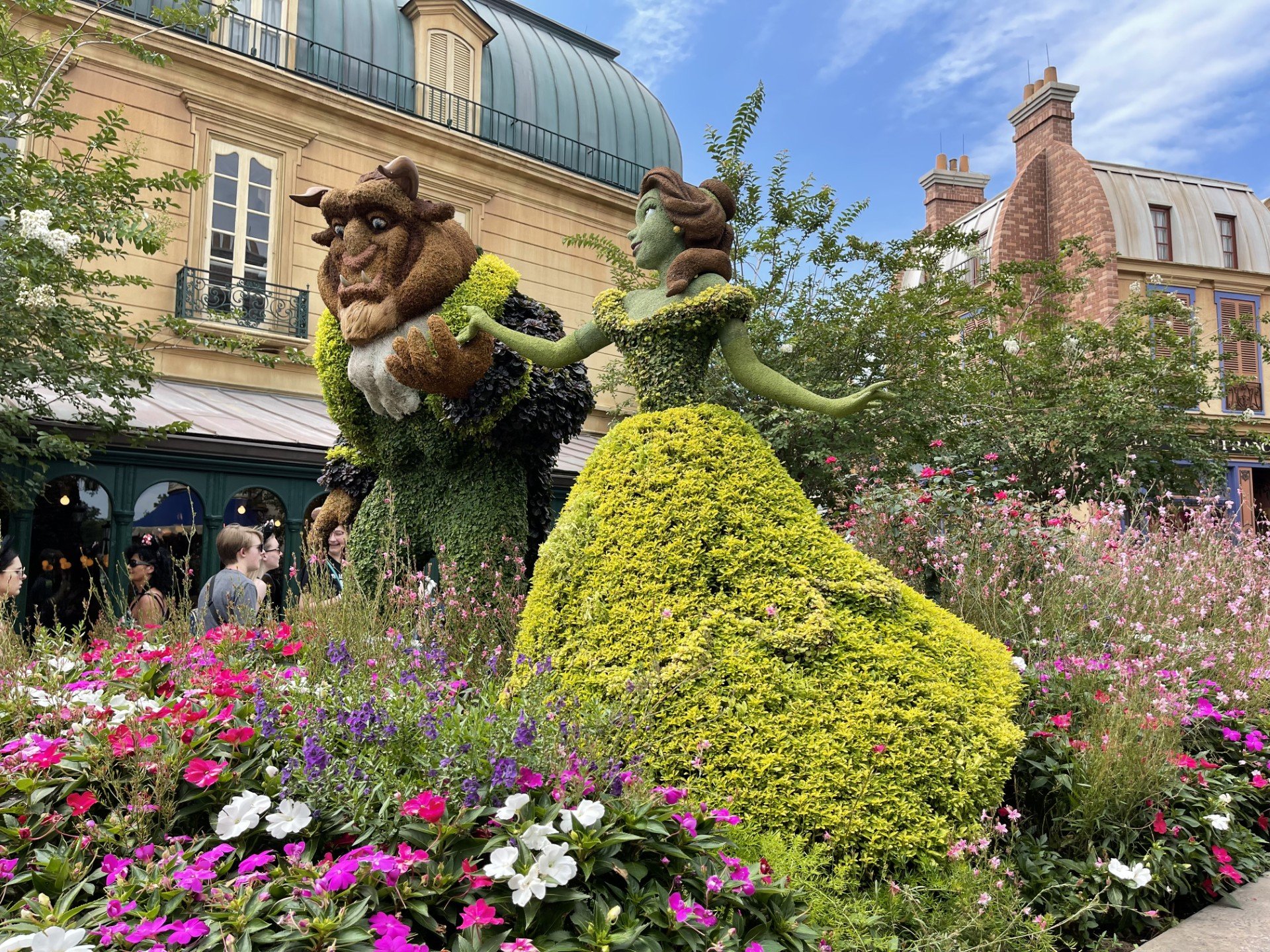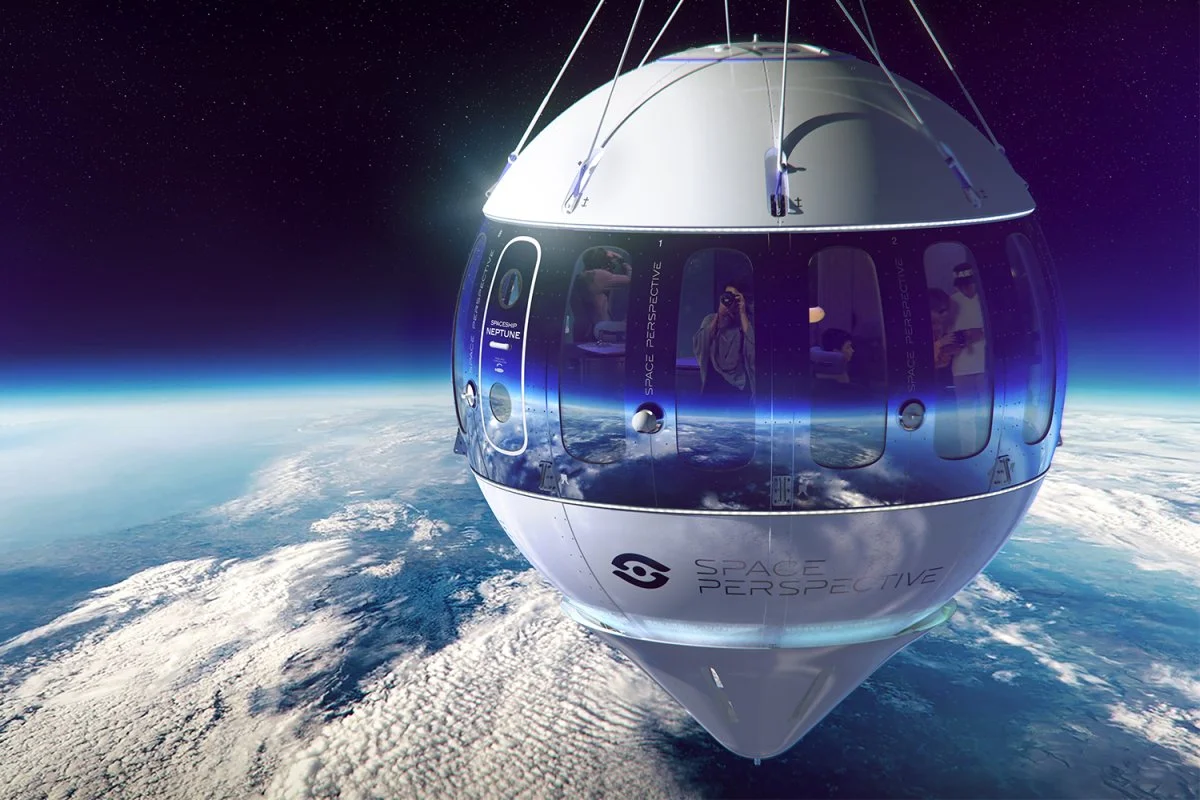Dr. Rachel J.C. Fu, Chair & Professor of Dept. of Tourism, Hospitality and Event | Director of the Eric Friedheim Tourism Institute at the University of Florida
In early October, my family and I planned a much-anticipated getaway to New York City, the first since our pre-pandemic college visit years ago. We had the perfect weekend lined up: arriving Friday evening, savoring flavors from around the world (including Lebanese, Greek, Taiwanese, Korean, and more) and then, on Saturday, indulging in an eight-course Michelin-two-star dinner at The Modern at MoMA. Afterward, we’d stroll through Tiffany & Co. and Rockefeller Center, grab late-night dumplings at Din Tai Fung in Times Square, and cap it all off with a dazzling Moulin Rouge Broadway show. Sunday’s plan was simple: a quiet tea before catching a mid-morning flight home.
Just one day before our trip, the FAA announced widespread flight reductions beginning Friday, November 7, with possible cancellations (up to 14-15%) through November 12. For a few anxious hours, I hovered over the “cancel” button on every reservation. But after listening to the FAA director’s calm TV interview, I decided to trust the process and go, with a heart full of uncertainty.
Friday came, and miraculously, our flights were not canceled. Atlanta’s airport buzzed as usual, though the mood was subdued. Travelers were tense but kind, unified by one hope: to simply get where we needed to go safely. With federal workers unpaid and stretched thin, everyone seemed more patient, more human.
New York welcomed us with unexpected serenity. Carnegie Hall wasn’t full, MoMA was calm, and The Modern was perfection, every dish flawless, the staff graceful, and the kitchen tour pure inspiration. Tiffany’s shimmered, Rockefeller sparkled, and even crowded Times Square felt strangely manageable. Excitement filled the air, though a quiet worry lingered: would we make it home?
Sunday morning, two flights before ours were canceled. We arrived at LaGuardia a cautious three hours early (because, well, New York traffic plus construction equals chaos). Boarding went smoothly but then came an hour-long runway delay.
Countless travelers were dashing through the terminals, some sprinting, others power-walking, all racing the clock to catch their next flight. The shuttles transporting passengers between concourses were packed and hectic as ever. I even saw a few husbands using their backpacks to block the closing shuttle doors so their slower-walking wives or partners could squeeze in, well-intentioned, but definitely risky business!
I was sure I’d miss my Gainesville connection in Atlanta. Luckily, that flight was delayed too, and somehow, everything aligned. We made it home, tired but grateful.
The weekend was peppered with uncertainty, but it also reminded me that travel, at its best, is about flexibility, patience, and humanity.
10 Smart Travel Strategies for Uncertain Times
Buy travel insurance early. Look for “cancel for any reason” coverage. It’s worth every penny when disruptions hit.
Book refundable hotels and flights. Flexibility equals peace of mind.
Fly early in the day. Mid-morning flights are less likely to be canceled or delayed.
Keep essentials in your carry-on. Medications, chargers, and snacks. Pack like your luggage won’t make it.
Track your flights. Use apps like FlightAware or your airline’s app for real-time updates.
Sign up for TSA PreCheck or CLEAR. When staff are short, these programs can save your sanity.
Plan extra connection time. Especially during government shutdowns, delays can stack fast.
Stay kind and calm. Airport staff are often stressed too. Patience and respect can work wonders.
Use credit cards with travel protection. Many premium cards cover delays, lost bags, and cancellations.
Expect the unexpected. Leave room in your itinerary for surprises, sometimes, the most unforgettable memories are the unplanned ones.
As the government shutdown continues, my holiday wish is for swift resolution, a win-win that restores paychecks and peace of mind to the countless federal employees facing food, housing, and utility deadlines with quiet strength. May this season still bring moments of calm, warmth, and connection with those we hold dear. And may we never forget what a gift it is to have meaningful work/career, the freedom to travel, and the joy of creating lasting memories with our loved ones.
{Image Credit: R.J.F}























